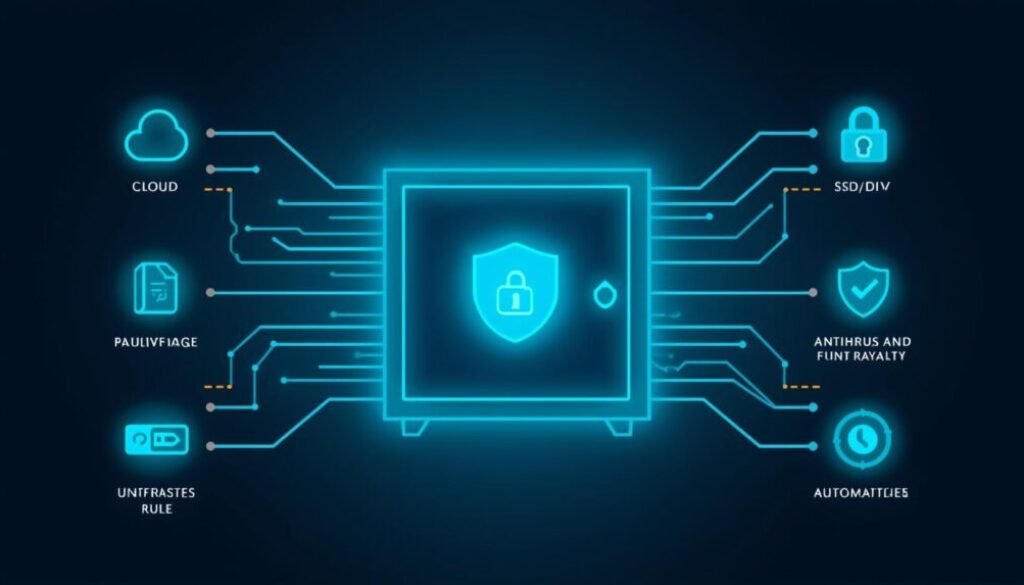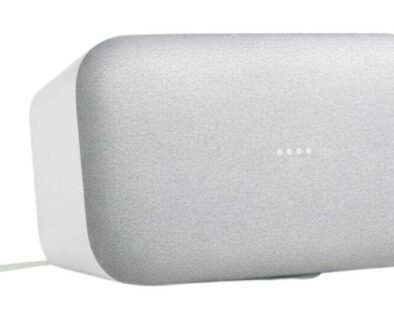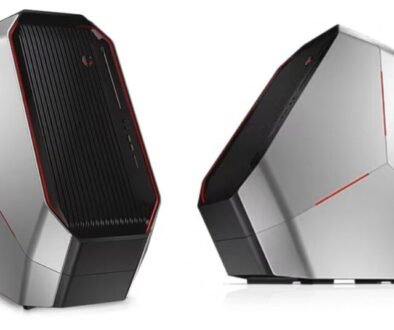How Zillexit Software Can Be Stored Safely: Best Practices and Security Tips
In today’s fast-paced digital world, software security and storage practices are more important than ever. For businesses and individuals who use Zillexit software, ensuring that it is stored properly can make the difference between smooth operations and frustrating downtime. Beyond convenience, safe storage also protects against data corruption, malware threats, unauthorized access, and accidental loss.
This article will guide you through proven methods to store Zillexit software safely, combining both digital and physical strategies for maximum protection.
Why Safe Storage of Zillexit Software Is Crucial
Before diving into methods, let’s understand why safe storage matters for Zillexit software:
- Data Integrity – Avoid corruption or broken installation files.
- Cybersecurity – Prevent hackers or malicious actors from accessing stored copies.
- Business Continuity – Ensure Zillexit is always available when needed.
- Disaster Recovery – Protect against loss from system crashes, power failures, or theft.
If Zillexit is an essential tool for your workflow, then safe storage is not optional—it’s a necessity.
1. Choose Reliable Storage Media
The foundation of safe storage starts with the right hardware. Zillexit software files should be kept on high-quality, dependable storage devices such as:
- Solid-State Drives (SSD): Known for speed and durability, SSDs reduce the risk of corruption.
- External Hard Drives: Provide portability and easy offline backups.
- Network Attached Storage (NAS): Best for businesses that need centralized, secure access for multiple users.
- Enterprise-Grade USB Flash Drives: For quick portability but with strong encryption features.
💡 Tip: Avoid cheap, unbranded drives. Low-quality media is more prone to sudden failures.
2. Apply the 3-2-1 Backup Rule
One of the safest strategies for storing Zillexit software is the 3-2-1 backup principle:
- Keep 3 copies of the software (original + two backups).
- Store them on 2 different types of storage media (e.g., external drive + cloud).
- Maintain at least 1 copy offsite, away from your main work location.
This ensures that even if one storage device fails or is compromised, you still have secure access to your Zillexit software.
3. Use Secure Cloud Storage
Cloud storage has become a game-changer for software protection. For Zillexit software, storing a copy in the cloud offers multiple benefits:
- Automatic Syncing & Updates: Changes are instantly saved.
- Remote Access: Retrieve your software from anywhere in the world.
- Built-In Redundancy: Cloud providers store files across multiple servers.
- Scalability: Grow your storage as your needs expand.
When selecting a cloud service, prioritize platforms that offer end-to-end encryption and two-factor authentication (2FA) to prevent unauthorized access.
4. Encrypt Your Zillexit Software Files
Even if your storage devices or cloud accounts are compromised, encryption acts as a last line of defense. Encrypted files can only be accessed with the correct decryption key.
Options for encryption include:
- Operating System Tools:
- BitLocker (Windows)
- FileVault (MacOS)
- BitLocker (Windows)
- Third-Party Encryption Software: VeraCrypt, AxCrypt, or NordLocker.
By encrypting your stored Zillexit software, you significantly reduce the risk of theft or misuse.
5. Keep Software Updated
Outdated software versions are more vulnerable to cyberattacks. To keep your stored Zillexit software safe:
- Regularly check for updates or patches from the official Zillexit source.
- Replace older versions in your storage with updated, verified copies.
- Avoid downloading cracked or pirated copies, as they may contain malware.
💡 Pro Tip: Always verify the source before updating to ensure you aren’t downloading tampered files.
6. Protect Storage With Antivirus and Firewalls
To store Zillexit securely, you must also protect the environment in which it is stored:
- Install a reliable antivirus and keep it updated.
- Run scheduled scans to detect any hidden threats.
- Use a firewall to block unauthorized access attempts.
- Disable unnecessary network connections when accessing sensitive files.
This adds an extra layer of defense, especially if you frequently transfer Zillexit software between devices.
7. Organize and Label Your Storage
Safe storage isn’t only about security—it’s also about efficiency. Keeping Zillexit files properly organized ensures quick retrieval when needed:
- Create clear folder structures (e.g., “Zillexit_Installers” / “Zillexit_Backups”).
- Label backups with dates and version numbers.
- Keep a log or spreadsheet tracking where each copy is stored.
This eliminates confusion and avoids accidental overwriting of essential files.
8. Ensure Physical Security of Storage Devices
If you rely on physical storage devices like SSDs, external drives, or NAS units, they must also be protected from theft, damage, or disasters:
- Store them in a locked cabinet or safe.
- Keep them away from heat, moisture, and dust.
- Use surge protectors or UPS (Uninterruptible Power Supply) to prevent electrical damage.
- For businesses, consider a dedicated server room with access control.
Remember: digital safety and physical safety go hand in hand.
9. Automate Your Backup Process
Manual backups are often forgotten, leaving software vulnerable. Automating the process ensures your Zillexit software is regularly and consistently backed up.
- Use backup software like Acronis, EaseUS, or built-in system tools.
- Schedule daily or weekly automated backups.
- Sync files across multiple devices with automation tools.
Automation saves time and removes the risk of human error.
10. Test Your Backups Regularly
A backup is useless if it doesn’t work when needed. That’s why testing is crucial:
- Periodically restore Zillexit software from a backup to ensure files are intact.
- Verify that installation files run without corruption.
- Check compatibility across different devices.
By testing, you gain confidence that your storage strategy is truly reliable.
Frequently Asked Questions (FAQs)
1. Can I store Zillexit software on a USB drive?
Yes, but use high-quality, encrypted USB drives, and don’t rely on them as your only backup.
2. Is cloud storage safer than physical drives?
Both have strengths. Cloud storage offers redundancy and remote access, while physical drives provide offline security. The best solution combines both.
3. How often should I back up Zillexit software?
Ideally, schedule backups weekly or whenever major updates are installed.
4. What if my Zillexit backup gets corrupted?
That’s why multiple copies and the 3-2-1 strategy are essential—so you always have a clean, working version.
Conclusion
Storing Zillexit software safely requires a mix of smart technology, proactive organization, and layered security. By using reliable storage media, applying encryption, leveraging cloud solutions, and maintaining physical safety, you can protect your software from corruption, loss, or cyberattacks.
Following best practices such as the 3-2-1 backup rule, automation, and regular testing ensures that Zillexit will always be available when you need it. Whether you’re an individual user or a business, investing time in proper storage is an investment in peace of mind, security, and long-term productivity.



